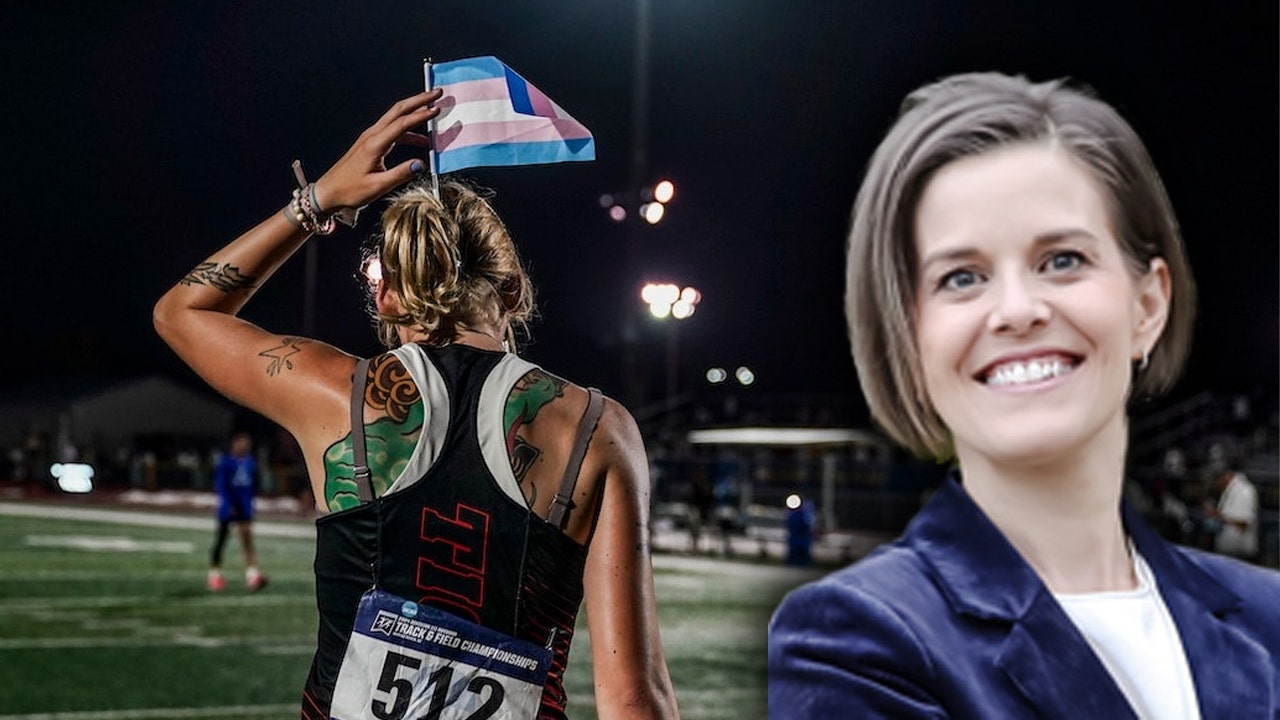Building an Effective EDC For Your Lifestyle

Everyone who has carried a concealed firearm for any length of time knows that it can be a challenge to get your holster set up so it is comfortable and provides an efficient draw without printing. In the early 1990s, when concealed carry began to catch on, most of the guns on the market were full-size duty guns or mouse caliber pocket guns. There weren’t many guns designed for easy concealment. That is no longer the case. We have scores of compact and micro-compact firearms to choose from now, but getting everything right for effective and comfortable EDC can still be challenging.
What Are We Talking About?
First, let’s clearly understand what we mean by effective and comfortable.
Effective
For your EDC to be effective, it must include a reliable firearm chambered in a good defensive caliber, preferably the largest and most powerful firearm you can realistically carry, conceal, and shoot. Larger guns are easier to shoot well because they absorb recoil better than lighter guns and provide a longer sight radius. Larger guns are also easier to hold because there is more room for your hand on the grip. On the other hand, your carry gun must be easy enough to conceal that you can carry it no matter how you are dressed. Along with your firearm, you need a good holster that protects the trigger, provides good retention, and is easy to draw from.
Comfortable
Comfort is an integral aspect of an effective EDC. Why? The number one reason people leave their guns at home, even when they are going someplace they can legally carry, is because it is uncomfortable. Maybe the gun pokes them in a tender spot, or the holster rubs against their skin. Perhaps the clothes they will be wearing will make it challenging to utilize whatever holster they generally use. Whatever the reason, if your EDC setup is not comfortable, you will be more likely not to carry your gun every day, and a gun that is sitting at home is not effective in protecting your life or your loved ones.
Building the Right Concealed Carry Setup
So, how do we get to where we want to be with our EDC? Setting up your EDC rig for both comfort and effectiveness is more art than science. That is because finding the sweet spot where comfort meets functionality involves a lot of personal preference. Fortunately, it can be broken down into important considerations.
Know Yourself
Understand the factors that will affect your everyday carry. You wouldn’t build a house without a plan or jump in your car to drive somewhere without knowing where you are going, so why would you sink money and effort into a gun and gear without having a plan to ensure they fit you and your lifestyle? Some things to consider include your build and body type, your regular daily activities such as the kind of work you do and where you go, and how you usually dress in the climate where you live. For example, an extremely slender person might have difficulty concealing some guns if they are wearing tight clothes. If your activities involve a lot of bending and reaching, it will put different demands on concealment than if you sit at a desk. Living in a hot and humid climate will cause you to dress differently than if you live someplace cool and windy. Consider how these things will affect your ability to conceal a gun and consider that when choosing one.
Choose the Right Gun
Choosing the right gun for concealed carry is a trade-off between size and weight, and capacity and shootability. It is always best to carry the largest and most powerful gun that is practical for you to carry. A KelTec P32 chambered in .32ACP is light and very easy to conceal, but it does not provide much ammo capacity, is not easy to shoot accurately, and the .32ACP cartridge doesn’t pack much of a punch. A full-size gun is much easier and more fun to shoot and practice with, has lots of ammo capacity, and can be in any caliber you want, but it is large and heavy for EDC, although some people do it. My wife carries a Beretta 92 in her shoulder bag. Fortunately, a wide range of compact guns are available for concealed carry that balance size and weight with ease of concealment. Find the one that fits your body and lifestyle the best.
Choose the Right Carry Position
Not counting outside the waistband, there are at least eight concealed carry positions. These include appendix carry, 4 o’clock, 6 o’clock, cross-draw, pocket carry, ankle carry, in a bellyband, and a shoulder holster. Each has its advantages and disadvantages. I will not go into them here, but plenty of information is available on each. Most people use a couple of different methods, depending on the circumstances. For example, I usually carry at 4 o’clock but use pocket carry when the circumstances dictate.
Consider your daily activities and how you must move to accomplish them. If you spend a lot of time sitting, appendix carry may become uncomfortable, or if you wear a T-shirt all day, a shoulder holster won’t be practical. Another consideration is concealability vs accessibility. Ankle carry conceals well, but reaching your gun in an emergency can be slow. Ultimately, comfort is a major consideration. Try your firearm in different positions to see which one feels better. Finally, practice drawing from each to ensure you can access and draw your gun quickly
Choose the Right Holster
Choosing the right holster is almost as important as choosing the right gun. A good holster will secure your gun and make carrying it all day effortless. With the right holster, you will forget you are even carrying a gun. Different materials offer different advantages. Leather molds to your body and is probably the most comfortable material. Kydex is stiffer but offers excellent retention and trigger protection. Hybrid holsters offer the best of both worlds, with a Kydex holster on a leather backing. Many modern holsters can be adjusted for the angle and height at which the gun rides and the tightness with which it is held in the holster to improve concealment and accessibility. As with everything else, practice drawing until your holster is positioned and adjusted properly. Avoid cheap, soft nylon holsters that don’t provide good trigger protection or retention.
Choose the Right Belt
No matter how good a holster you buy, it will not work as well if your belt sags or bends from the weight of your gun. Strength and rigidity will enhance both comfort and accessibility. Many holster companies, like Crossbreed and Blackhawk, also offer excellent belts. Personally, I use a Lenwood Conveyer because it is 100% waterproof and will keep its shape and support even in the hot, humid weather where I live, but there are many excellent leather belts on the market as well. Whatever your preference, ensure your belt is wide (at least 1.5”) and thick enough to hold your holster securely and that it can be adjusted to fit you perfectly. A holster that is loose on your belt will move around and be more difficult to draw from. You should also avoid large buckles. You will be wearing this belt all day, and a large buckle may eventually begin to dig into your body.
Choosing the Right Clothes
You may find that you need to make some adjustments in your wardrobe. For example, I don’t tuck my T-shirts in anymore. The two main goals are to conceal your firearm and prevent printing, which allows the outline of your gun to show through your clothes. A good holster helps with this by keeping your gun pulled in toward your body, but your clothes are your last line of concealability defense. Unless the weather is too hot for it, layering is a good tactic to use. Wearing a light jacket or a loose-fitting shirt over a T-shirt provides sufficient cover without sacrificing accessibility. Thicker fabrics also prevent printing better than thin ones. Companies like 5.11 and Viktos offer clothing designed for concealed carry. Sizing is also important. I avoid tight shirts because they don’t conceal as well, and they may affect accessibility. Finally, wear prints or dark colors rather than light, solid colors as they break up the pattern of your gun better. When you do it right, you do not have to sacrifice comfort to wear functional clothing that works well for concealed carry.
Training
As with anything else related to shooting and defense, training is key. Fortunately, training to make your concealed carry effective and comfortable can often be done on your own. Dress in the clothes you wear when you go out, put your gun in your holster, and go about your day around the house. This will be a big help in getting your holster adjusted and situated on your belt. It will also let you know how comfortable it is and how well everything conceals. Then, you can adjust as necessary before you leave the house. You should also practice drawing from a concealed carry holster. Use a laser training tool like Strikeman, LaserLyte, or Mantis to practice drawing and getting a first-round hit. Train enough that moving your cover garment aside and drawing can be accomplished quickly and smoothly.
Be Adaptable
Adopt a mindset geared toward concealed carry. The right equipment is important, but so is how you carry yourself, maintain situational awareness, and prepare mentally for different scenarios.You should also have a plan for how you will adjust your clothing if the weather or your environment changes during the day. Don’t be caught without a backup plan.
Conclusion
Effective concealed carry is a combination of the right equipment and the way you put it all together. Carrying a concealed firearm does not mean you have to sacrifice comfort, in fact, effective EDC relies on comfort as much as the right gear and training
Read the full article here







